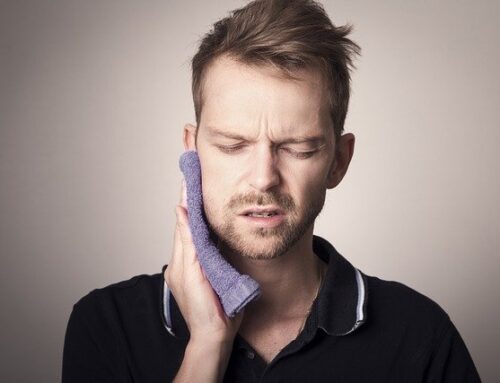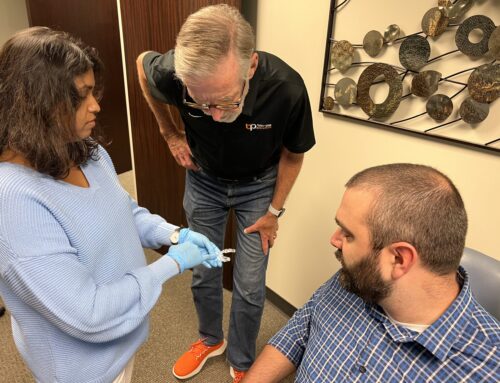It has become increasingly clear that there is a link between sleep apnea (airway), bruxism and craniofacial pain, in some patients and dentists should be knowledgeable in all three areas. Most dentists are not knowledgeable or well-versed in dental sleep medicine, etiologies of bruxism or craniofacial pain conditions. For this reason many dentists are unable to recognize the risk of sleep apnea, let alone manage patients with oral appliances.
The same goes for craniofacial pain and bruxism. While bruxism is often more noticeable, it is often overlooked. By understanding the unique connections between the airway, bruxism, craniofacial pain and other conditions, dentists can open their practice to more services for diagnosis and treatment options for their patients. Here are the ABCs of advanced dentistry are Airway, Bruxism and Craniofacial Pain.
Airway (Sleep Apnea)
Dental practices are in a unique position to identify patients at risk for conditions involving the airway, such as sleep disordered breathing (SDB). There are many levels of diagnosis a patient may receive once testing has been completed to evaluate a suspect compromised airway, which is where continuing education comes into play. Understanding the airway and how it can affect a patient’s sleeping patterns due to sleep apnea and other sleep disordered breathing conditions is vital in maintaining your patients’ health and improving service offerings.
Bruxism
The gnashing and grinding of the teeth that occurs without a functional purpose is called Bruxism, which can cause a lot of problems for our patients. Whether a patient has a nervous habit, is experiencing stress or is unknowingly grinding their teeth at night, bruxism can cause a lot of damage to not only their teeth, but their overall health as well. Due to the breakage of dental restorations, tooth damage, induction of temporal headaches and temporomandibular joint disorders (TMD) can occur.
Craniofacial Pain (TMD)
And now it comes full circle with craniofacial pain. Covering a wide spectrum of symptoms, Craniofacial pain can be exhibited in many areas of the head and neck. In particular, a majority of craniofacial pain complications can be associated with temporomandibular joint disorder (TMD). Because of this, an essential part of routine dental examinations for all patients should include evaluation for TMD. This includes the gold standard for the diagnosis of TMD, which is based on history, clinical examination, and imaging when appropriate.
There appears to be a relationship apparent in some individuals between the airway, bruxism and craniofacial pain. While it is not found in every patient, there still remain some individuals that require further attention because the connection seems apparent. As a dentist, it is important to understand that clenching or grinding of one’s teeth can be a way for the brain to protect itself from suffocation during sleep.
Each condition can be a sign for a deeper problem, but what do you do about it? Educate yourself. The more you know, the more you can help your patients if this apparent connection arises in various cases. And, while it might not occur in every case, it is vital that we understand it for those certain individuals suffering from all three conditions.






